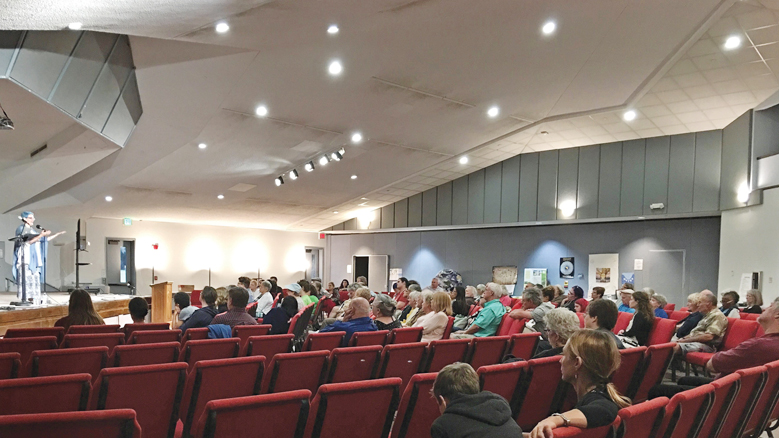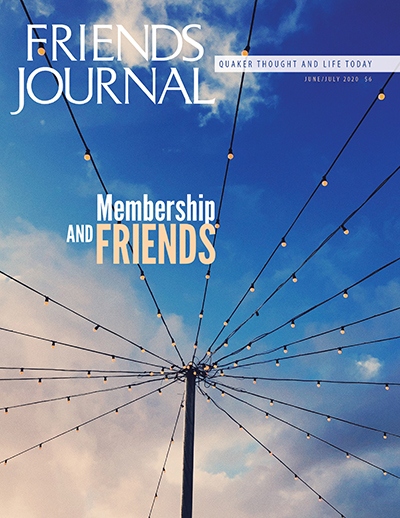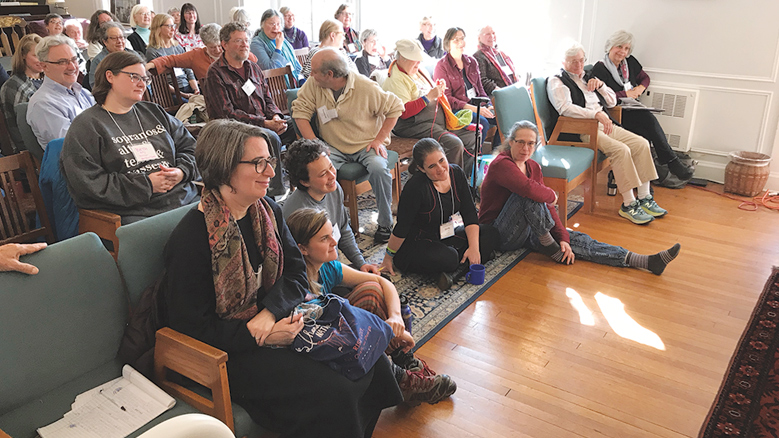
In response to the COVID-19 pandemic, many yearly meetings have announced that in place of in-person gatherings, their 2020 annual sessions will be held virtually. The details of these virtual events are still being worked out.
“We don’t know what we don’t know,” said Barb Platt, clerk of Baltimore Yearly Meeting’s Program Committee. “We haven’t done anything like this before.”
Platt organized a videoconference with other yearly meeting representatives to talk about moving online, and efforts are underway to share experiences among Friends. Friends World Committee for Consultation Section of the Americas is holding a May 11 videoconference for yearly meetings to collaborate. Kathleen Wooten of New England Yearly Meeting created another space to connect: a Facebook group named “Online Quaker Gatherings.”
After holding one of the first virtual yearly meetings in April, Southeastern Yearly Meeting (SEYM) shared their experiences on their website:
Held over the five days slated for the yearly meeting gathering, April 8–12, the “virtual mini-gathering” offered worship sharing, youth program activities, workshops, a young adult “Internet Film Festival,” and a talent show Saturday night. Sessions concluded with meeting for worship on Sunday afternoon. It was a lighter schedule than the in-person gathering, allowing Friends to take ample time away from their computer screens.
A total of 112 Friends participated in the event, a number that approximates attendance at past in-person annual sessions. SEYM did not hold any meetings for business during their gathering, and is instead planning to hold them online later in the spring.
Like SEYM, many yearly meetings are choosing to hold their virtual sessions on the same dates as when the in-person meetings were scheduled but with fewer events to limit screen-time fatigue. The most commonly used videoconference platform is Zoom, due to many Friends’ familiarity with it and its phone-in option for those without an Internet connection.
But unlike SEYM, most yearly meetings are planning to hold some meetings for business during the dates of their virtual gatherings, albeit with fewer and shorter sessions. Yearly meeting clerks intend to season items for business as much as possible ahead of time and will use a technical co-clerk to ease their business processes online.
Many questions remain. How can those who are uncomfortable using technology be included? How should newcomers be welcomed? How does registration work? What payment is appropriate for a virtual gathering? Can truly worshipful community be created online?
Programming for youth brings its own set of challenges. “What do our young people need? What do families need? What do we as an all-ages community need to worship together?” These are questions being asked by Melinda Wenner Bradley, youth religious life coordinator for Philadelphia Yearly Meeting (PYM). She suggests not overlapping online events for children and adults as this may create obstacles for families to participate, given the number of devices they have and the need for supervision. A page on the PYM website offers more help: “Guidance and Practices for Online Youth Gatherings” (when participants are under the age of 18).

Some of the aspects that draw Friends to their yearly meeting’s annual sessions—like special physical locations and informal fellowship—will be impossible to capture virtually. After helping to plan SEYM’s virtual gathering, Kody Hersh noted that Friends also need to “hold space for grief because there are some things we can’t duplicate online.”





Sierra Cascades is holding weekly tech training and zoom etiquette sessions over the month leading up to our sessions as a way to prepare ourselves for business being done over digital means.